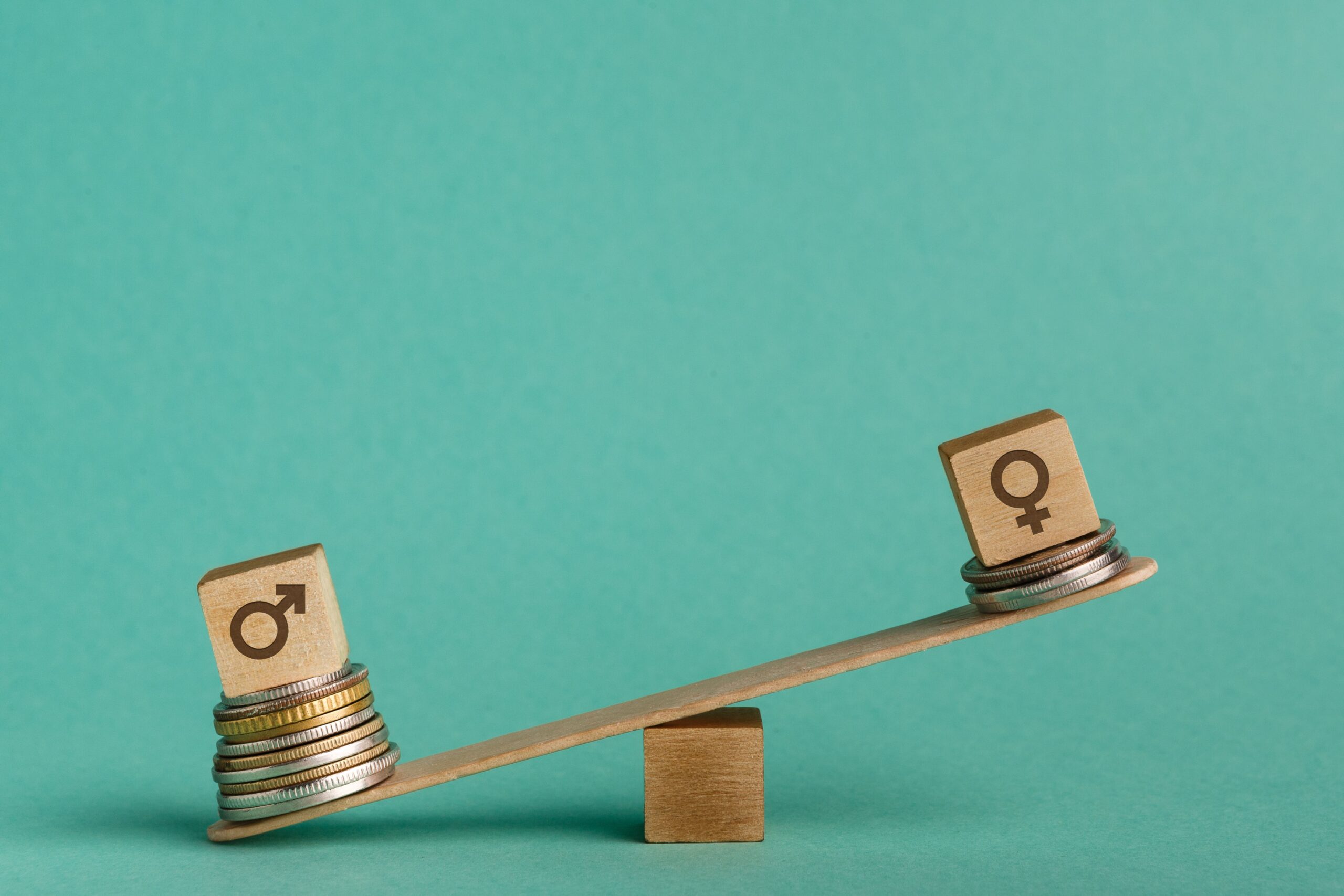
Solving America’s Teacher Crisis
By Allison Wyatt
For all the talk of a “Great Resignation” in education, teachers so far haven’t left the profession in droves. But, as teachers wrapped up the school year more stretched than ever, there are signs that this could change dramatically.
A barely controlled pandemic has pushed teachers to exhaustion and beyond — and it’s also opened new avenues out of traditional school buildings. Ed tech, in particular, has made it easy for teachers to find attractive alternatives, often with better pay and flexibility.
Adding devastation to an already heavy time, our country saw 27 school shootings this school year alone, the most recent being in Uvalde, Texas where 35 people were shot. This tragedy necessitated that teachers across the country stage emergency preparedness drills, ending the school year asking children to practice hiding under desks when they would have rather been teaching addition and subtraction.
The challenge before traditional schools is urgent and clear: change what they can control and the deal they offer teachers, or face an endless uphill scramble for talent.
The lingering Covid crisis has affected our educational system in ways we may not yet even fully realize. Circumstances for teachers shouldn’t have become so grim to put this problem front and center — the problems long predated Covid. But here we are. It’s time to reinvent the deal America’s schools offer our children’s teachers.
Teachers’ disenchantment isn’t mysterious. Zoom is great for meetings, but was a lousy substitute for in-person teaching where schools closed. Where they were open, teachers found themselves serving as front-line workers in a pandemic. Now, with the large majority of schools open, teachers face the epic challenge of catching kids up. All of these layer on top of a pre-pandemic reality that made attracting and keeping great teachers a constant struggle in many places.
What would it mean to reinvent the career of teaching?
First, we need to diagnose the problems accurately. Numerous studies have indicated that teachers are leaving the profession because they are burned out and aren’t getting the support they need in their work life. We haven’t had the candidate numbers we need in teacher training programs and we haven’t done enough to keep the strong teachers we do have in our classrooms. School districts have ignored teacher retention issues while asking educators to do too much with too little. Pre-pandemic, many were working in broken systems that sabotaged their success. And now, as with so many issues, the Covid crisis has deepened decades-old cracks in the foundation of our country’s educational system. We need to think about how we’re going to address these issues and change education forever, for the better, in the wake of the Covid crisis.
Educators, policymakers and consultants have suggested practical solutions to these problems, focusing, for the most part, on how to keep teachers happy and safe during the pandemic (increasing ventilation in schools, helping protect teachers from Covid, offering mental health support for students, etc.) These are all important measures, but they should serve as a floor, not a ceiling, to innovation. We need to challenge the status quo and re-write some of the rules that govern our educational institutions. We need to think creatively about how we can support our teachers.
Through extensive surveys, we have heard directly from teachers why they would leave their school. Their concerns range from compensation to ability to make an impact on childrens’ lives. The data lead me to a five-point American education to-do list:
- In nearly any profession, paths for growth matter enormously. Yet in our surveys, teachers do not see opportunities for career advancement or growth within their field, limiting their ability to specialize and diversify. If we want teachers to view their jobs as a career, we need to offer clear and varied pathways for advancement and leadership. We should give the best teachers the chance to take on increased responsibilities for a portion of their week so they can continue teaching in the classroom, while also designing or refining a curriculum, for example.
- Teachers are concerned about compensation not only because it’s too low, but because they don’t receive a salary commensurate with the amount of work they do. We need to pay teachers what they deserve and recognize them for the professionals they are. Their salaries are already too low, so we should reassess their compensation based on cost of living, instead of cost of labor. Teacher pay represents an allocation of limited public resources, so we need to make it a priority at all levels of government.
- Teachers are worried about their ability to make an impact on their students because they do not receive adequate support or resources in the classroom. We need to ask teachers what they want or need to rectify this, instead of guessing what pain points exist. We have to be open to their suggestions — online tutors and learning programs to supplement classroom instruction, for example — and give teachers some more agency over how they educate. Teachers are the experts and we need to listen to them.
- We need to develop a system of support and benefits to address teachers’ needs. This will likely include a focus on work/life balance and more flexibility. Employers have woken up to what’s possible in the workplace, but the needs of our most valuable public employees, teachers, are often overlooked. School principals should allocate time for teachers to be out of the classroom. We should adopt more flexible schedules that allow for job sharing and 4-day work weeks in the classroom.
- We must be more intentional in our hiring practices. There are HR tools for finding the best candidates for every job and teachers should be no exception. If we want the best product manager for our company, we use modern recruitment tools and strategy to find her. We should employ these tools to find the best teachers for our children.
As in so many areas, the pandemic didn’t invent problems in teaching — it exposed and exacerbated them. And our traditional schools are now far from the only game in town. But with innovation, we can make our schools newly attractive to a generation of teachers with lots of choices.
Meet the expert:
Allison Wyatt
Co-Founder & Partner
- Builds Equitable Organizations
- Talent Management Support
- Closes Wage Gaps






